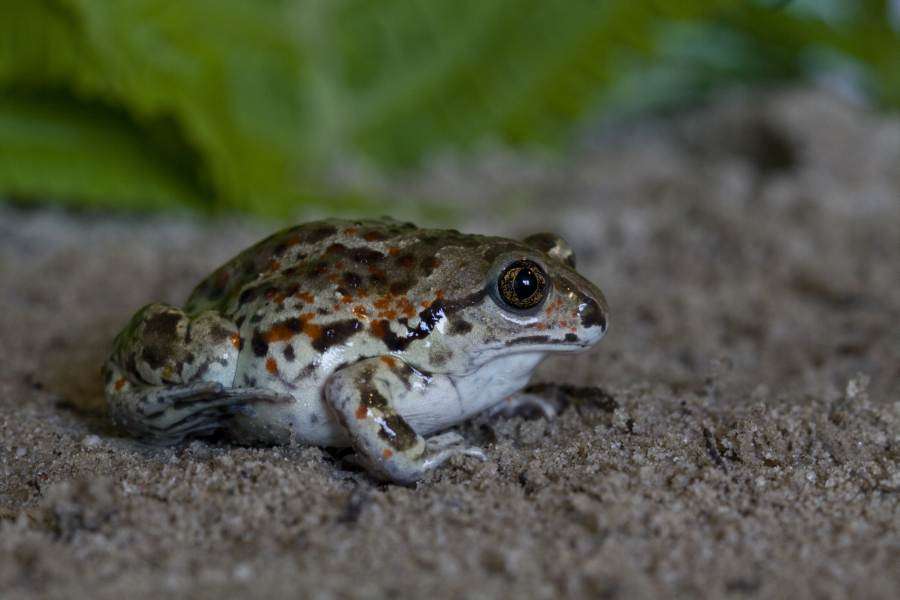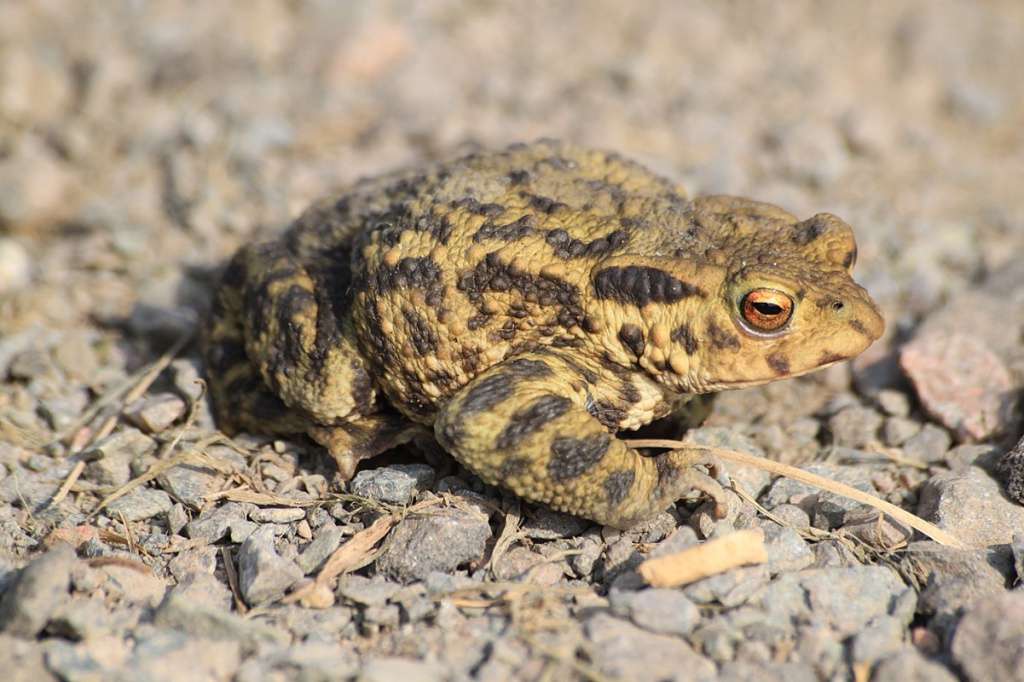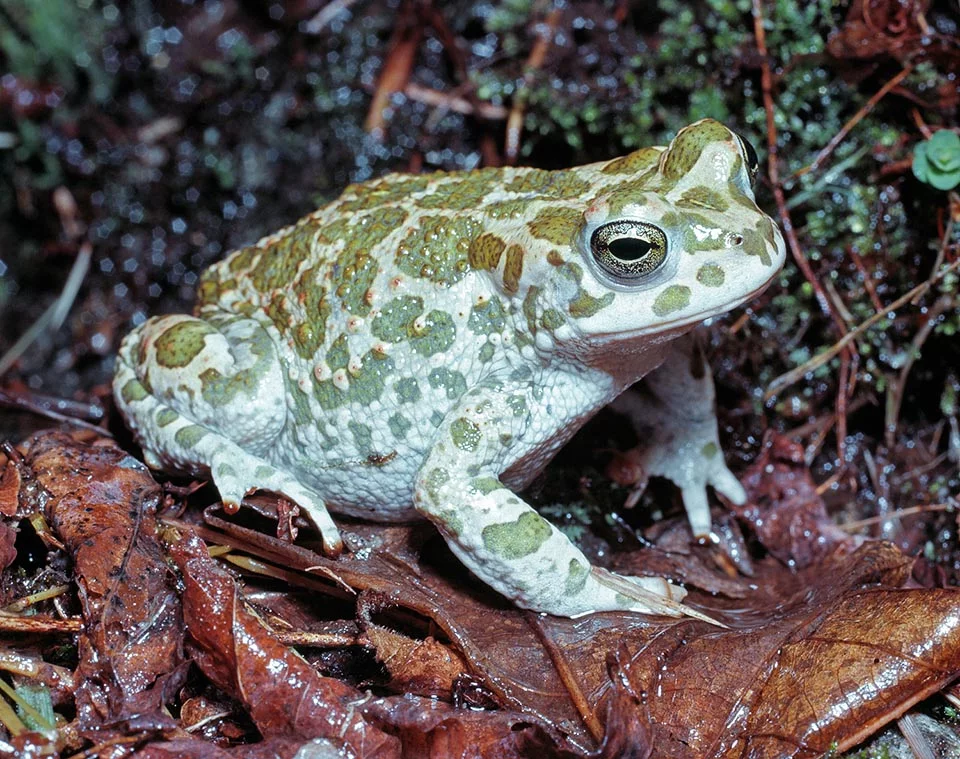
A native of a region spanning from Central Europe to Western Asia, Pelobates fuscus is a species of toad belonging to the Pelobatidae family. The dorsal surface of the skin typically ranges from light-gray to beige-brown, according to habitat, gender, and area. Individual variations in darker spots that fleck the skin can be seen. The tummy is white, occasionally spotted with gray. There are albino instances known to exist.
Actual physical or behavioral characteristics do not allow for the separation of these alleged subspecies. In Northern Italian populations, there is no haplotype segregation, and as a result, these populations cannot be assigned to a distinct subspecies, according to a recent study. In terms of conservation, haplotypes from a few valleys in Northern Italy suggest an alternative theory that does not call for a new taxonomic position but rather for an odd divergence. Eastern European populations appear to be sufficiently distinct to warrant a separate species status (Pelobates vespertinus).
Habitat
There are distributions of Pelobates fuscus in Austria, Belarus, Belgium, Bosnia and Herzegovina, Bulgaria, CroatiaDenmark, Estonia, Greece, Germany, France, Hungary, Latvia, Italy, Lithuania, Moldova, Republic of, Netherlands, Romania, Russian Federation, Poland, Serbia, Slovakia, Slovenia, Sweden, Turkey, Ukraine. The common spadefoot, meanwhile, favors open areas in forests. These frogs are found in dry regions on sands, on wormwood steppes, etc. Frogs typically inhabit these areas adjacent to bodies of water. In particular, P. fuscus is prevalent in Northern Kazakhstan around lakes and on sand-clay riverbanks that are covered in reeds. Even on the borders of saltwater lakes, people can be found.

Appearance
Lack of tympanic membrane skin is soft. Sternum has hardened. The eye’s pupil is vertical. Developed webs between the toes. The rear foot’s inner metatarsal tubercle is quite big and shaped like a spade. No resonators for men. Large head, strong body, and short hind legs. Very big, yellow-brownish inner metatarsal tubercle. White-grayish belly, either plain or with a few unusual gray spots. More or less noticeable is the frontal surface between the eyes. The male has little tubercles on his forearms and hands when he is reproducing.
Diet
Tadpoles eat debris, plants, primarily algae, and animal stuff and occasionally wounded tadpoles of their own and other species. Adults mostly eat crawling invertebrates.
Reproduction
Reproduction begins soon after hibernation ends and can last until June in some cases. Males do not create breeding choruses; they sing underwater. Pelvic amplexus (inguinal). The clutch is made up of 480–3000 eggs and can reach a length of 1 m. It looks like a coupled, thick, sausage-like cable. Larval development takes 56–110 days, and embryogenesis takes 5–11 days. Young tadpoles typically stay on the ground. They develop quickly, reaching a size of 35 to 50 mm and beyond in just a few short months. Tadpoles are currently more likely to be found at the water’s surface and to stay on plants in the water column. From July through September, there is metamorphosis. Juveniles that have recently undergone metamorphosis may spend the winter in a burying near the shore.
If not, tadpoles hibernate in water that isn’t frozen and finish their transformation the next spring or summer; these tadpoles grow to an extremely enormous size. Their transformation often takes place in the following spring or summer. In such situations, recently metamorphosed juveniles are larger than those whose transformation took place in a single season. The species is susceptible to pond quality because of the prolonged larval stage. Due to the drying of wetlands, larval mortality can occasionally be very high. Otherwise, icy water could kill larvae.
Not Keeping as a Pet, Why?
This species, as well as others like the Great Basin Spadefoot, are not only potentially allergenic but also not meant to be kept in captivity.
Table





